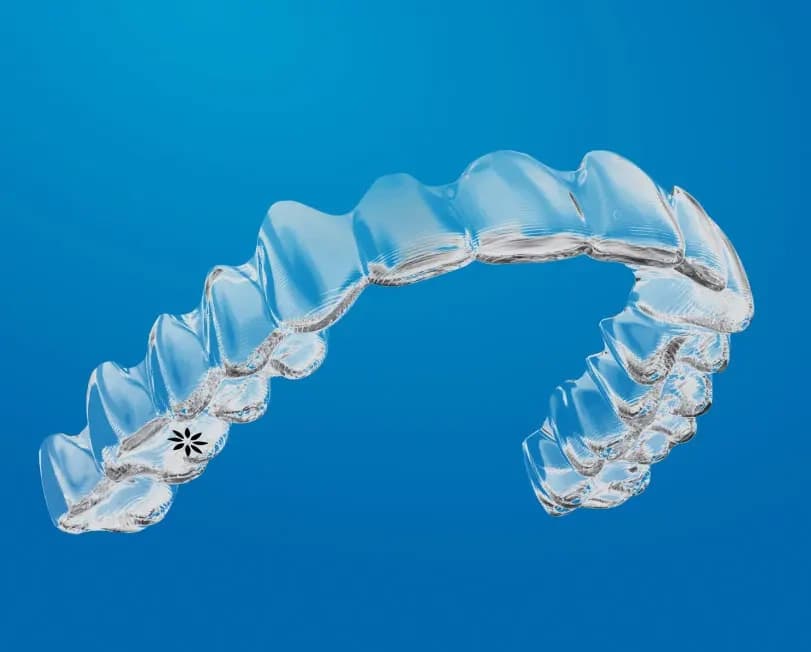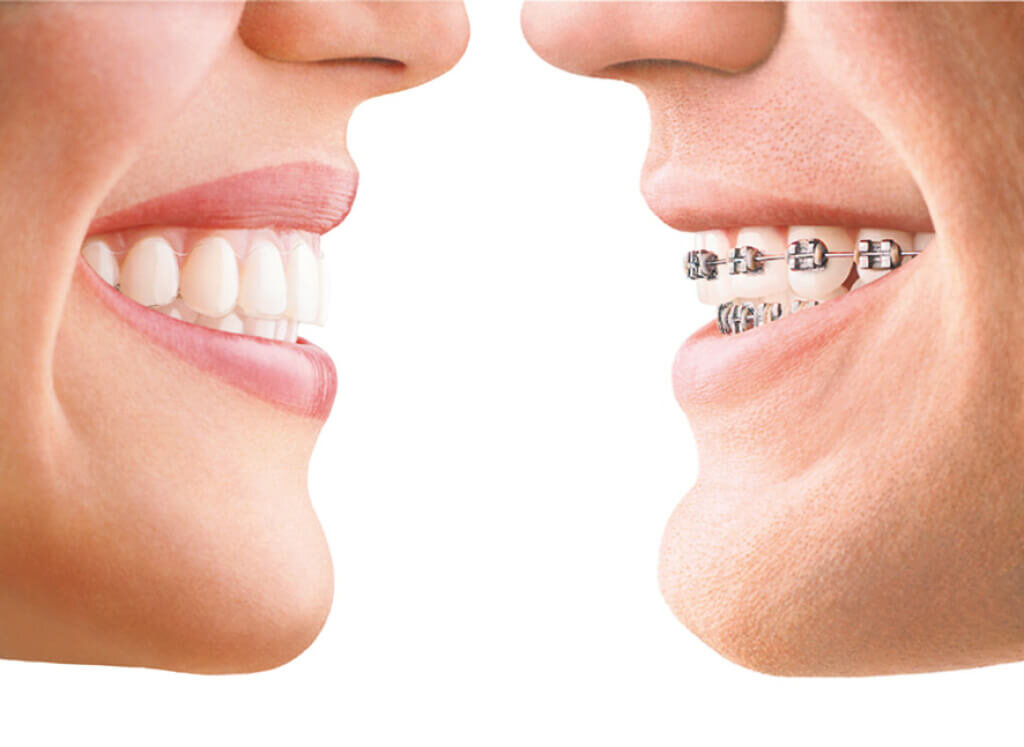Invisalign vs. Standard Braces: Which Alternative Is Right for You?
When taking into consideration orthodontic treatment, the option in between Invisalign and traditional braces presents numerous crucial aspects that merit mindful examination. Invisalign uses a very discreet choice with detachable aligners, while standard dental braces offer a more visible yet effective solution for extreme imbalance.
Overview of Therapy Choices

On the other hand, conventional dental braces include steel braces and cables that are bonded to the teeth. This approach applies continual stress in time to achieve placement. While reliable for intricate orthodontic problems, standard braces require regular brows through for adjustments and can pose obstacles in maintaining dental health as a result of the difficulty of cleaning about brackets and cables.
Both alternatives have their benefits, and the choice typically hinges on specific oral problems, lifestyle preferences, and person compliance. Ultimately, consulting an orthodontic specialist is important for determining one of the most suitable therapy strategy customized to individual demands. Understanding the subtleties of each option can substantially influence the general success of orthodontic therapy.
Visual Considerations
A considerable variable affecting the choice between Invisalign and typical dental braces is the aesthetic appeal each treatment uses. Invisalign aligners are crafted from clear plastic, making them virtually undetectable when used. This very discreet look is especially attracting adults and teens that may feel awkward concerning their orthodontic therapy. The capability to maintain an all-natural smile throughout the placement procedure can significantly boost the person's confidence in social and professional setups.
In contrast, conventional dental braces contain metal braces and wires, which can be a lot more visible. While developments in orthodontic innovation have actually brought about the growth of smaller sized braces and colored elastics, traditional dental braces still keep an even more noticeable profile. For some people, the presence of dental braces may hinder them from seeking necessary therapy.
Inevitably, the option in between Invisalign and conventional dental braces might depend upon personal preferences concerning visual appeals. People that prioritize discernment typically favor Invisalign, while those that are less concerned regarding visibility might go with traditional braces. Comprehending the aesthetic ramifications of each alternative is important for making an educated decision that aligns with one's way of living and preferences.
Convenience and Convenience

In regards to comfort, Invisalign aligners are detachable, making it possible for people to enjoy their favored foods without limitation and keep optimal oral health. Cleaning and flossing are simplified, as the aligners can be secured throughout these regimens, whereas standard dental braces need careful maneuvering around braces and cables.
Additionally, Invisalign's modern system enables fewer orthodontic brows through. Individuals generally obtain several sets of aligners simultaneously, which can simplify the therapy process and decrease time spent in the orthodontist's chair. On the other hand, conventional dental braces necessitate routine adjustments, making them less convenient for those with busy schedules. Invisalign. In general, the convenience and comfort of Invisalign make it an attractive option for numerous individuals looking for orthodontic therapy.
Treatment Duration and Efficiency
While both Invisalign and typical braces are efficient in dealing with oral imbalances, the period of treatment can vary substantially between the 2 options. Commonly, Invisalign therapy can take anywhere from 12 to 18 months, depending upon the intricacy of the instance. The clear aligners work by progressively moving teeth right into their preferred settings, and routine follow-ups with an orthodontist help make certain progress continues to be on track.
On the other hand, traditional braces usually require go now a longer dedication, generally varying from 18 months to 3 years. This results from their set nature and making use of braces and cords, which can be more effective for complex instances and severe imbalances (Invisalign). The treatment effectiveness of traditional braces is well-documented, as they enable precise changes and higher control over tooth motion
Inevitably, the selection between Invisalign and standard dental braces might depend upon both the awaited therapy duration and the particular dental problems at the original source hand. Consulting with an orthodontist is vital, as they can supply tailored recommendations based on individual needs, guaranteeing the chosen method lines up with wanted outcomes and timeframes.
Price Comparison and Insurance Policy Options
Cost plays a significant role in the decision-making process for individuals thinking about orthodontic therapy, whether choosing Invisalign or traditional dental braces. Typically, the price of Invisalign varieties from $3,000 to $8,000, while traditional dental braces commonly set you back in between $2,000 and $6,000. Aspects affecting these prices consist of the complexity of the situation, the period of treatment, and geographical place.
Several dental insurance policy plans offer partial insurance coverage for orthodontic therapies, but the specifics can differ widely. Normally, typical dental braces might be much more frequently covered by insurance coverage strategies contrasted to Invisalign, which some insurance firms categorize as a cosmetic procedure.
Additionally, a number of orthodontic techniques use versatile repayment strategies, making both treatment options much more easily accessible. Patients need to inquire about prospective funding alternatives and discount rates for upfront payments. Evaluating the complete expense, including insurance coverage benefits and layaway plan, is crucial for making an informed decision that lines up with right here both aesthetic choices and budget considerations.

Verdict
In summary, the option between Invisalign and standard braces rests on multiple variables, including aesthetic preferences, comfort, therapy duration, and cost. Invisalign uses a very discreet, detachable option that promotes oral health and nutritional adaptability, while typical braces might be more suitable for complex oral problems and commonly come with a reduced cost point. Inevitably, examination with an orthodontist is important to analyze individual situations and figure out one of the most suitable therapy choice for attaining ideal oral alignment.
When thinking about orthodontic treatment, the choice in between Invisalign and typical dental braces provides several crucial variables that warrant cautious analysis.Comparing Invisalign and typical dental braces discloses distinct therapy options for orthodontic correction.While both Invisalign and typical dental braces are reliable in correcting dental misalignments, the duration of treatment can differ considerably between the two alternatives.Cost plays a significant role in the decision-making procedure for individuals thinking about orthodontic treatment, whether deciding for Invisalign or standard dental braces.In summary, the option between Invisalign and traditional dental braces pivots on numerous variables, consisting of visual choices, comfort, therapy period, and price.